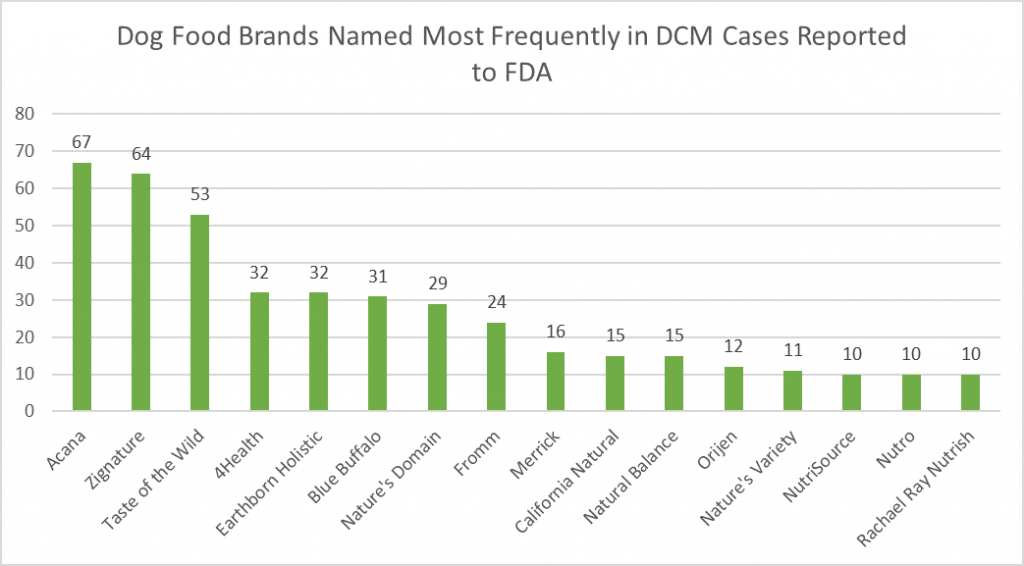By SFBSTC Health Chairman
Please note: SF Bay Scottish Terrier Club does not provide veterinary advice. However, we like to keep our members informed about health issues in our area. The information provided is for your use in consultation with your vet for the best care for your dog.
Your vet is obviously the best
resource for advice on what medical treatments are right for your Scottie.
However, understanding the common diseases and what risk they present to your
dog can help you make informed decisions. Some veterinary professionals believe
that certain pets are being over-vaccinated. Re-vaccinating an
already-vaccinated animal is unlikely to cause harm but it’s also expensive to
do so and it’s impossible to say what any long-term effects there might be on
any individual animal. Plus, some diseases are not prevalent in our area, and
so vaccinating against them is unnecessary. And vet visits are expensive!
Knowing which vaccines are really crucial for your dog, your geography, and
your lifestyle can help you make more informed decisions.
The information in this series
is sourced from California state law, from the American Animal Hospital
Association (aaha.org) and the American Veterinary Medical Association
(avma.org), and in consultation with recommendations from UC-Davis. You should
always speak with your trusted vet on what’s right for you and your Scottie in
making these important decisions.
Rabies
In California, the only
vaccine that dogs are legally required to get is rabies. That’s because rabies
can be transmitted to humans, and it’s near 100% fatal. Managing it in the
animal population is the best way to keep all of us safe. You may have heard
that raccoon and skunks carry rabies in the wild, which is true, but actually
the most common carrier of rabies in California are bats. If you’re ever bitten
by a bat, try to capture it! The authorities can do testing on it to see if it’s
infected. If you’re bitten by any wildlife, as quickly as you can, wash the
wound, flushing with water for at least 10 minutes, and then seek medical
attention. If a dog is bitten by wildlife, the dog will need to be quarantined
whether or not it was vaccinated. Rabies is a serious disease and any such
contact with wildlife needs to be handled with extreme caution. Contact your
local animal control agency for guidance.
How often are
rabies shots required?
In California, the earliest
age for first rabies vaccine for a puppy is 3 months. The next rabies vaccine
is needed one year later. This second vaccine can be a three-year shot, and
then re-vaccinate every three years from there. Most counties require dogs to
be vaccinated in order to be licensed. Some vets prefer to only administer one
vaccine at a time, and there are many more vaccines that a puppy will be
getting, so this would then require multiple vet visits, which adds to the
price (there is some debate in the veterinary community whether this is necessary
or not, however; if the dog is healthy, many vets will administer all core
vaccines including rabies at the same time). There are many inexpensive places
to get a rabies shot for a dog, including traveling pop-up vaccine stations
offered by a company called VIP Pet Care that regularly visits pet stores
around the Bay Area, or your local humane society.
Why do we
need to re-vaccinate dogs for rabies?
This is done out of an
abundance of caution, because rabies is such a dangerous disease. If your dog
has ever been vaccinated against rabies, then it’s likely that he has some
immunity even if that single vaccination happened a long time ago. But just to
be sure, the law requires active vaccinations be maintained on a regular
schedule throughout the dog’s life. The frequency is based on what type of
vaccination is used; the drug manufacturers offer a 1‑year and a 3-year version
of the rabies vaccine and both are acceptable in California.
Possible
side-effects from the rabies vaccine
Just like with humans, all
canine vaccines come with the possibility of side-effects, but they are
uncommon. Still, watch your Scottie carefully after he gets any shots. The most
common symptoms from any vaccine – not specific to rabies – are flu-like
symptoms including mild fever, or allergic reactions including facial swelling
or itching. If your Scottie develops these symptoms within the first 48 hours
of receiving any vaccination, contact your vet.
Can my
Scottie get rabies from the vaccine?
No. The type of vaccine used
to prevent rabies is called a killed vaccine which means that the virus
is inactive. Rabies cannot be contracted from the rabies vaccine.
What if your
Scottie is sick? Is the rabies vaccine dangerous?
The rabies vaccine is well
tolerated in healthy dogs, and this vaccine is required by law. There is a version of the rabies vaccine that
can be safely used even for elderly or immunocompromised animals. While it’s
possible for a veterinarian to issue a waiver for a sick dog to exempt it from
the legal requirement of vaccination, this is rarely done. Talk to your
treating vet if your Scottie is suffering from a terminal illness to see what
vaccines are indicated in your specific case.
Here’s your
cheat-sheet on rabies
Rabies Vaccine: Required by California law in all dogs
Timing & Frequency:
- Vaccine #1 at 3 months old
- Vaccine #2 one year later. This can be either around the dog’s first birthday, or one year after the initial vaccine was given; there’s nothing magic on the timing of “one year.” Vaccine #2 can be a 3-year vaccine, which means that subsequent vaccines happen on that three-year schedule thereafter.
- Regular boosters: On either a 1-year or 3-year schedule depending on which version was last given. The 3-year schedule is fine; these dogs are just as well protected as those who are vaccinated more frequently.
Indicated even for older or sick dogs: Yes.
Are you interested in a
specific vaccine or disease that we should cover next? Please let us know! You
can send in requests or ideas to our SFBSTC Bulletin Editor.



